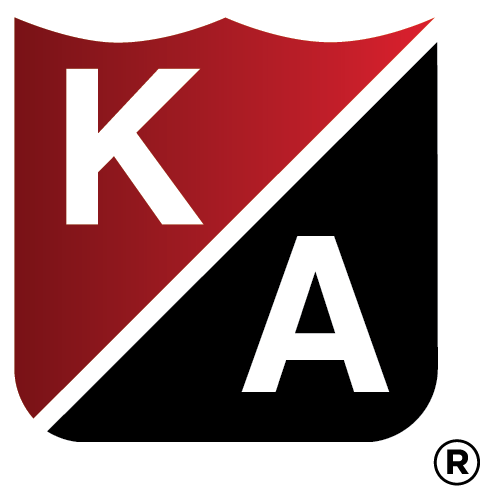After decades of skyrocketing insurance premiums and protracted litigation over injured worker benefits, construction trade unions and their employers persuaded Minnesota’s legislature to pass legislation in 1995 allowing for an alternative workers compensation system developed through collective bargaining. A significant feature required a binding alternative dispute resolution process instead of judicial hearings. Initially, this new law only allowed the construction industry to participate due to historically high wages, heavy physical demands, and high premiums. By early 1997, a joint labor-management Board of Trustees began an alternative program for Minnesota. During this time frame, other states also enabled similar programs for construction and other industries.
The goals of these programs are simple: focus everyone’s attention on a safe and immediate return to light-duty work, ensure the best medical treatment protocols are followed, and achieve a return to pre-injury wages and benefits as soon as possible. The results of 24 years have supported the goals. For the injured worker, the financial losses of a work injury are minimized. For the employer, the impact of a work injury on their experience modification rating and resulting insurance premiums is minimized.
We are fortunate this month to visit with two experts from the Union Construction Workers’ Compensation Program (UCWCP) – Kevin Gregerson, Program Administrator and Sandy Stoddard, Member Services Director. Kevin and Sandy share their perspectives on the history, benefits, and future of the contractor program in Minnesota along with some insights on what is happening in other industries and states.



